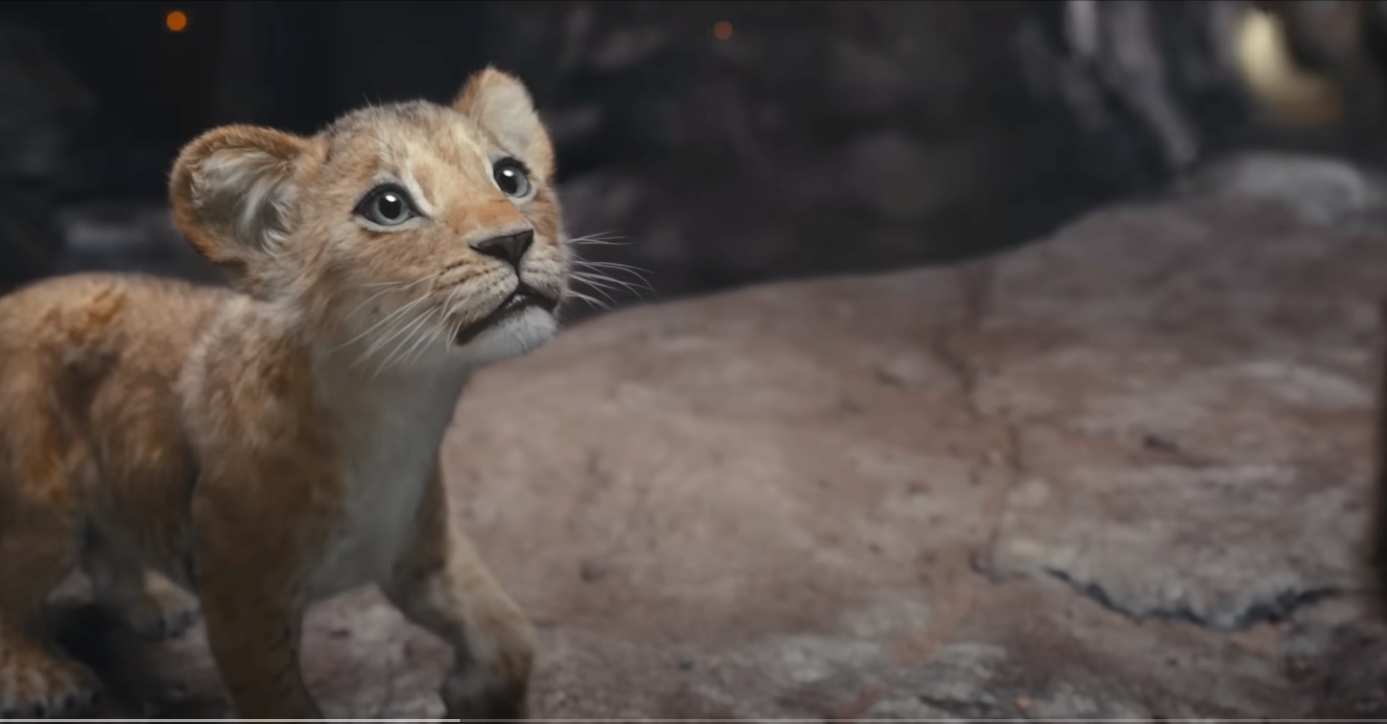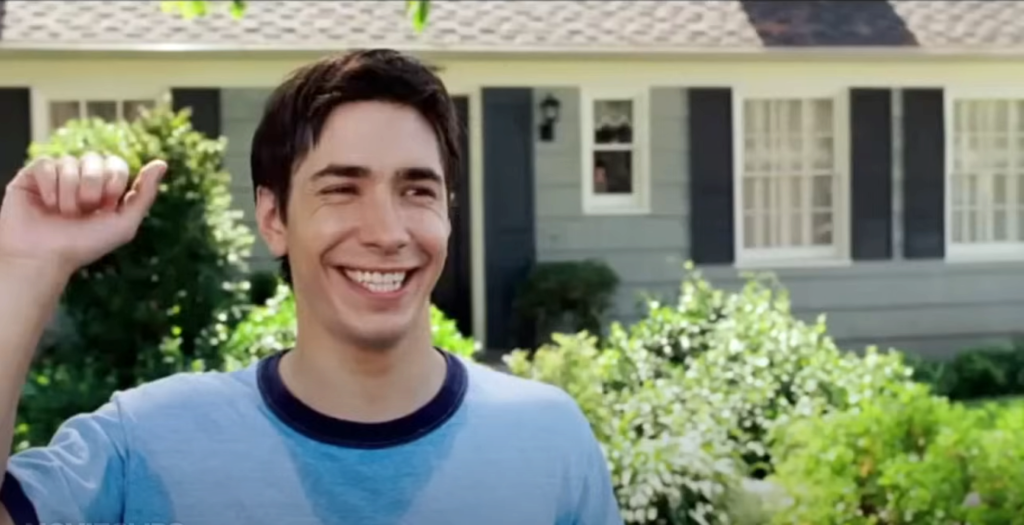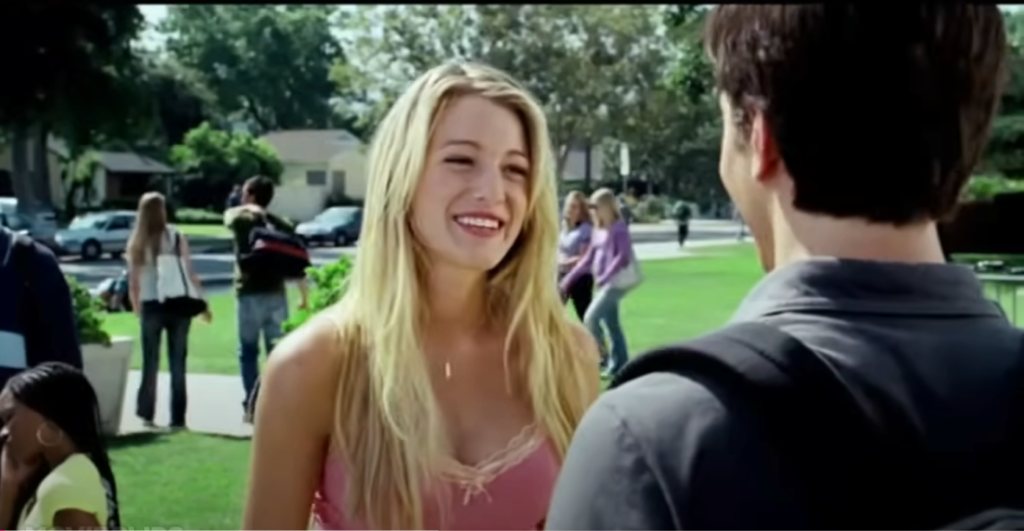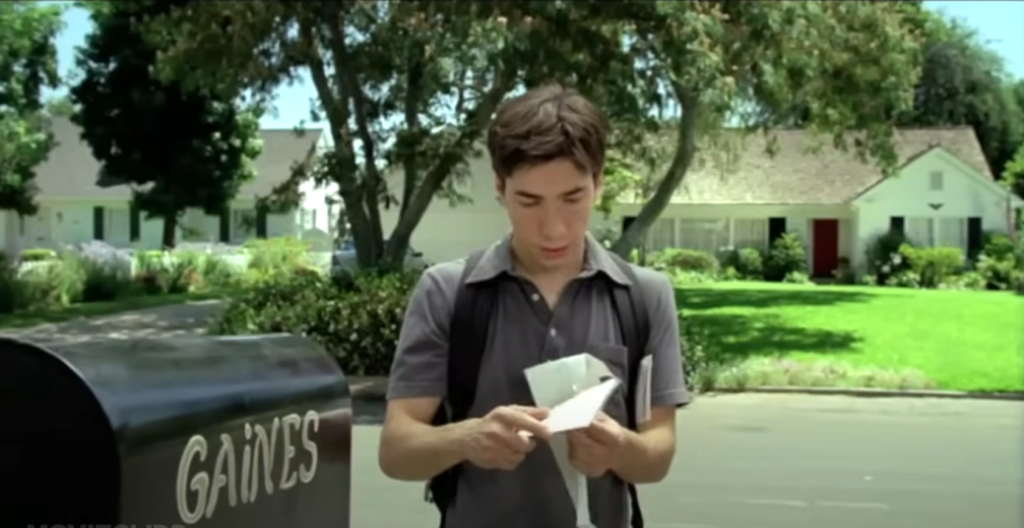The Journey from Practical to Digital
In the realm of modern cinema, the use of CGI (Computer-Generated Imagery) has become a pivotal tool in bringing stories to life, especially when it comes to creating realistic animal characters. The evolution of CGI has revolutionized how filmmakers depict animals on screen, transforming them from simple puppets or animatronics into lifelike creatures that can express emotion and interact with human characters seamlessly. One of the earliest and most significant milestones in this journey was the 1995 film Babe. By ingeniously blending practical effects with CGI, Babe set a new standard for what was possible in creating believable animal characters.
Babe was more than just a charming story about a pig who thinks he’s a sheepdog; it was a technical marvel that showcased the potential of CGI in film. This early use of digital effects opened the door for future innovations, leading to the hyper-realistic CGI animals we see today in films like The Lion King (2019). This article will explore the evolution of CGI animals, tracing the journey from the pioneering techniques used in Babe to the cutting-edge technology that creates the lifelike creatures of modern cinema.
The Early Days: Blending Practical Effects with CGI in Babe
Babe (1995) marked a significant turning point in the use of CGI in filmmaking, particularly in the portrayal of animals. Directed by Chris Noonan, the film combined animatronics, real animals, and CGI to create a talking pig that captivated audiences with its believability. The use of animatronics provided a realistic base for Babe’s movements, allowing the pig to perform simple actions naturally. However, it was the addition of CGI that brought Babe’s face to life, enabling the pig to talk and express a wide range of emotions that were essential to the story.
The groundbreaking technique used in Babe involved overlaying CGI onto the animatronic puppet and the real pig, allowing for subtle movements of the mouth and eyes that synchronized perfectly with the dialogue. This blending of practical effects and CGI created a character that felt real, despite the fantastical premise. Audiences were drawn into Babe’s world not just because of the story, but because of how convincingly the pig seemed to be a sentient, talking animal.
Babe set the foundation for how CGI could be used to enhance practical effects, showing that digital technology could bring a new level of realism to animal characters. This film proved that CGI was not just a tool for creating flashy special effects but could be used to deepen the emotional connection between characters and audiences, paving the way for more sophisticated uses of CGI in future films.
Pushing Boundaries: The Rise of Fully CGI Animals in Jurassic Park and Beyond
When Jurassic Park roared onto the scene in 1993, it didn’t just change the landscape of cinema—it revolutionized the way filmmakers approached the creation of CGI animals. Directed by Steven Spielberg, Jurassic Park showcased fully CGI dinosaurs that moved, breathed, and interacted with the environment in ways that had never been seen before. These digital dinosaurs were a monumental leap forward from the blend of practical effects and CGI seen in Babe. For the first time, audiences were able to witness creatures that felt as real as the actors alongside them, blurring the lines between reality and special effects.
The success of Jurassic Park set a new standard for realism in CGI animals, proving that fully digital creatures could not only look lifelike but could also be deeply integrated into the narrative. The film’s combination of groundbreaking CGI and animatronics, developed by Industrial Light & Magic (ILM), demonstrated the potential of this technology to bring extinct species back to life, influencing countless films that followed.
Following Jurassic Park, other films in the late ’90s and early 2000s continued to push the boundaries of CGI animals. Jumanji (1995) used CGI to create a stampede of wild animals that interact with the real world, while Stuart Little (1999) brought a fully CGI mouse into a live-action family setting. These films marked a significant transition from partial CGI enhancements, as seen in Babe, to fully digital characters, showcasing the growing capabilities of CGI technology. Each of these films built upon the foundation laid by Jurassic Park, expanding the scope and ambition of what CGI could achieve in portraying lifelike, engaging animal characters on screen.
Perfecting the Craft: The Realism of The Jungle Book and The Lion King
By the time The Jungle Book (2016) and The Lion King (2019) arrived in theaters, the art of creating CGI animals had reached a level of realism that was previously unimaginable. Directed by Jon Favreau, both films utilized cutting-edge technology to craft photorealistic animals that were almost indistinguishable from their real-life counterparts. These advancements were made possible through a combination of sophisticated motion capture, texture mapping, and lighting techniques that allowed every hair, muscle movement, and shadow to be rendered with incredible accuracy.
In The Jungle Book, the filmmakers employed advanced motion capture to bring the animals to life, capturing the subtle nuances of movement that are critical to making digital creatures appear real. This was complemented by texture mapping, which involved creating highly detailed digital skins for the animals, ensuring that every wrinkle and strand of fur looked natural. Lighting played a crucial role as well, with the CGI animals interacting with the environment in a way that mimicked real-world physics, from the way light bounced off their fur to how shadows were cast on their bodies.
The Lion King took these techniques even further, creating an entire cast of CGI animals that inhabited a fully digital environment. The challenge for the filmmakers was not only to achieve visual realism but also to convey the emotional depth and character that made the original animated film so beloved. To do this, the team at MPC (Moving Picture Company) worked meticulously to ensure that the animals’ facial expressions and body language could communicate complex emotions, despite the limitations of photorealism.
The result was a stunning display of what CGI could achieve—a perfect blend of realism and artistry that allowed these animals to carry the story with the same emotional weight as any human actor. These films exemplify how far the technology has come, transforming CGI animals from impressive visual effects into fully-fledged characters that can lead a film and resonate deeply with audiences.
The Balancing Act: Realism vs. Emotional Connection in CGI Storytelling
As CGI technology advances, filmmakers are increasingly able to create animals that look and move as if they were real. The Lion King (2019) is a prime example of this trend, where the hyper-realistic depiction of the animal kingdom drew both awe and criticism. On the one hand, the lifelike CGI allowed audiences to immerse themselves fully in the visual splendor of the African savannah, making the world of The Lion King feel tangible and immediate. This level of realism enhances storytelling by creating environments and characters that viewers can almost believe are real, allowing for a deeper suspension of disbelief.
However, this pursuit of realism raises questions about its impact on the emotional connection between the audience and the characters. In striving for photorealism, some of the expressive qualities that were more easily conveyed in the stylized animation of the original The Lion King (1994) may be lost. For example, the exaggerated facial expressions and movements in traditional animation allowed characters to communicate emotions more directly and intensely. In contrast, the realistic lions of the 2019 remake, while visually stunning, had more restrained expressions due to the limitations of maintaining a lifelike appearance, potentially making it harder for audiences to connect emotionally with the characters.
This balance between realism and emotional resonance is a challenge that modern CGI continues to grapple with. Films like The Jungle Book (2016) and The Lion King illustrate both the strengths and limitations of ultra-realistic CGI. While these films showcase what is technically possible, they also highlight the importance of finding the right balance between visual realism and the expressive needs of storytelling. As CGI continues to evolve, filmmakers must consider how to retain the emotional depth and connection that more stylized approaches can provide, even as they push the boundaries of what CGI can achieve.
The Future of CGI Animals: Where Do We Go From Here?
As we look to the future, the evolution of CGI animals is poised to continue breaking new ground in both realism and storytelling. Emerging technologies like artificial intelligence (AI) and real-time rendering are at the forefront of this evolution, promising even greater advancements in how CGI characters are created and integrated into live-action environments. AI, for example, could be used to simulate more complex and realistic animal behaviors, adding another layer of authenticity to CGI creatures.
Real-time rendering, a technology already making waves in the gaming industry, could revolutionize how CGI animals are used in film. This technique allows for immediate feedback on how digital characters interact with live-action settings, making it possible for filmmakers to see the final product as they shoot, rather than waiting for post-production. This could lead to even more seamless blending of CGI and live-action, further blurring the line between reality and digital creation.
Looking ahead, the potential for CGI animals to become even more integral to storytelling is vast. As technology advances, we might see CGI creatures that not only look real but also evoke deeper emotional responses, bridging the gap between photorealism and expressive storytelling. The future of CGI animals lies in this balance—enhancing their realism without losing the emotional connection that makes characters memorable.
The Legacy of CGI Animals in Cinema
The journey of CGI animals from Babe to The Lion King represents a remarkable evolution in film technology and storytelling. Each milestone, from the early blend of practical effects and CGI in Babe to the hyper-realistic creations in The Jungle Book and The Lion King, has pushed the boundaries of what’s possible on screen. These advancements have not only transformed the visual landscape of cinema but also redefined how stories can be told, allowing filmmakers to bring fantastical creatures and worlds to life with unprecedented realism.
As CGI continues to evolve, its impact on the film industry is undeniable. CGI animals have become a staple in modern filmmaking, offering new ways to engage audiences and tell stories that were once thought impossible. The enduring appeal of these digital creatures lies in their ability to make the extraordinary feel ordinary, bridging the gap between the imaginary and the real. As we look to the future, the legacy of CGI animals will undoubtedly continue to shape the art of cinema, inspiring both filmmakers and audiences alike.



